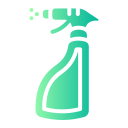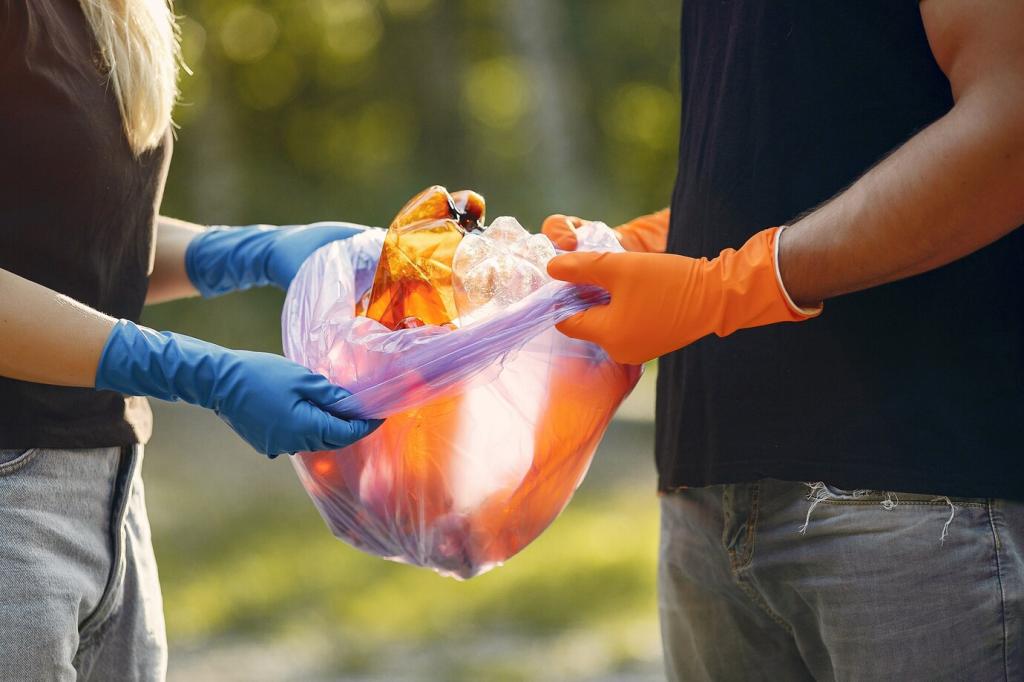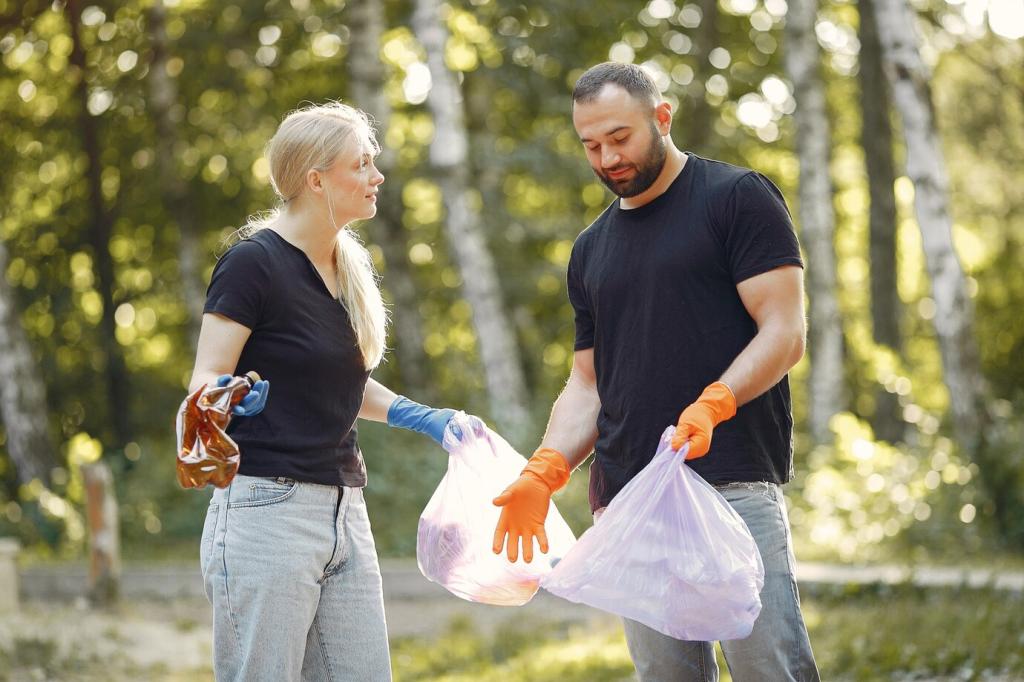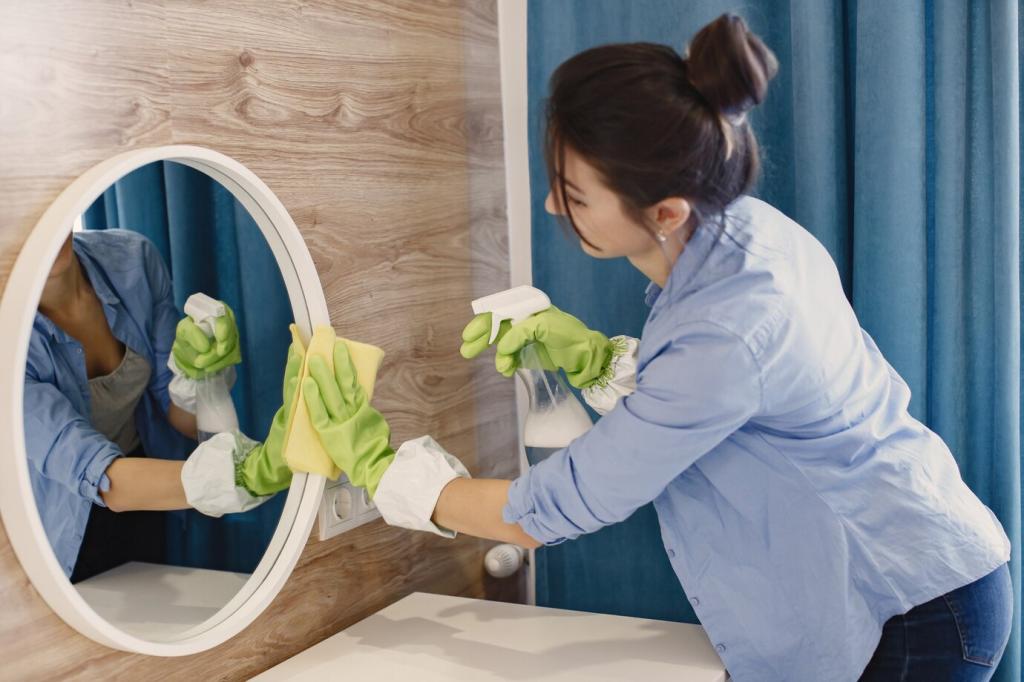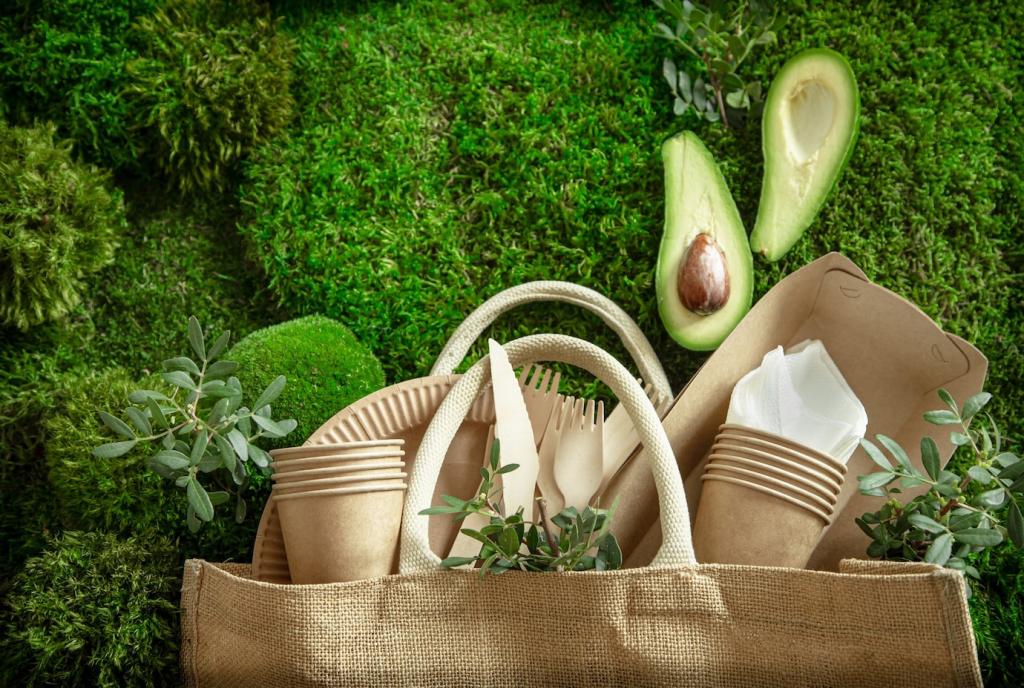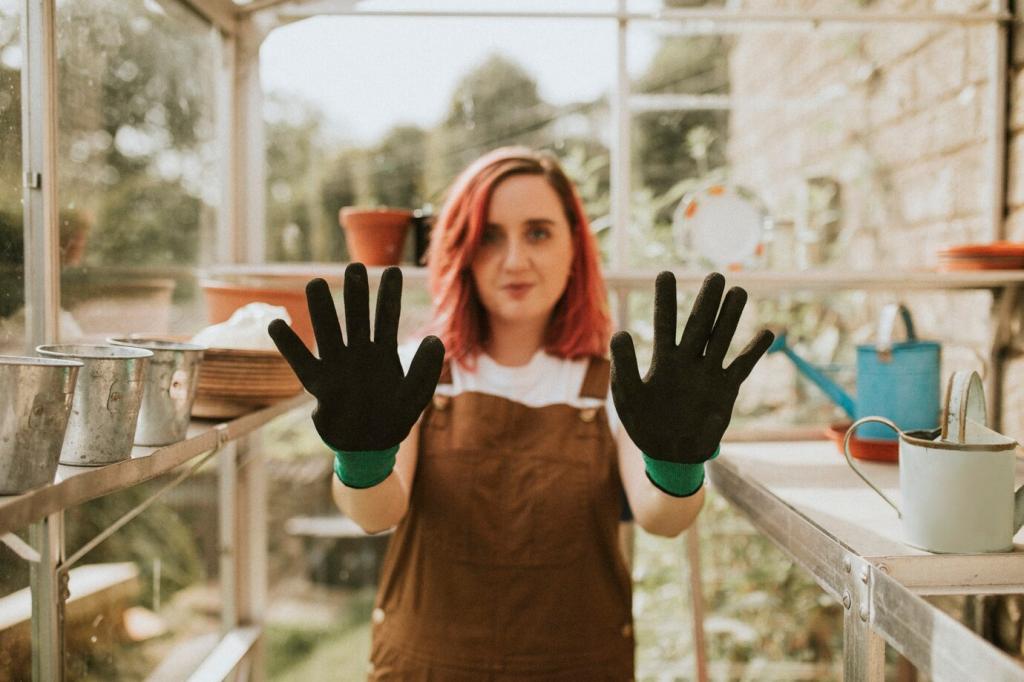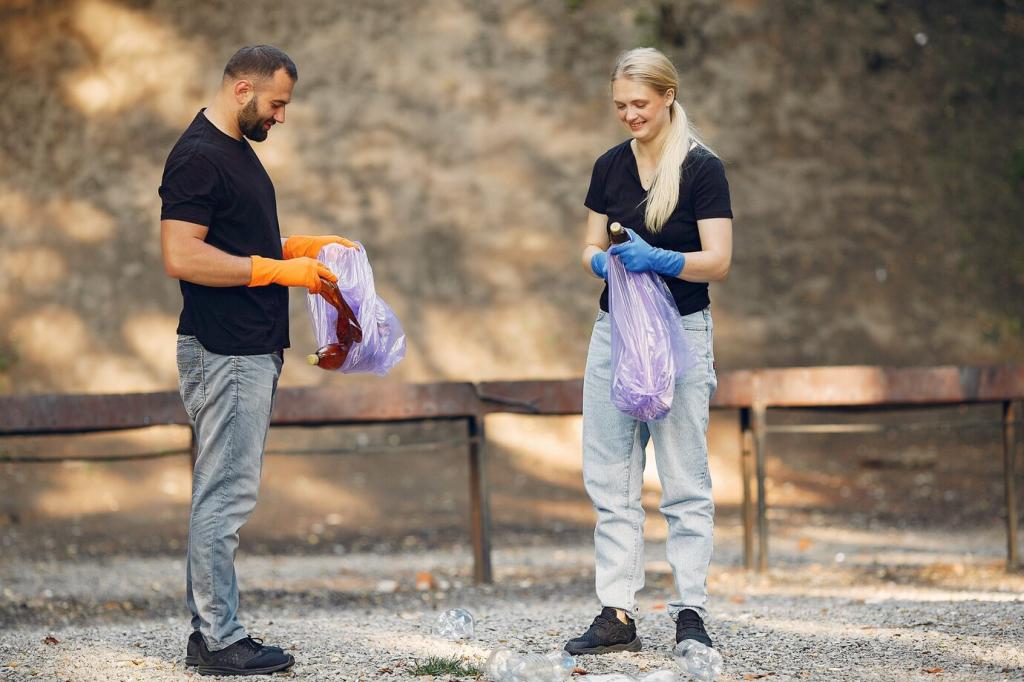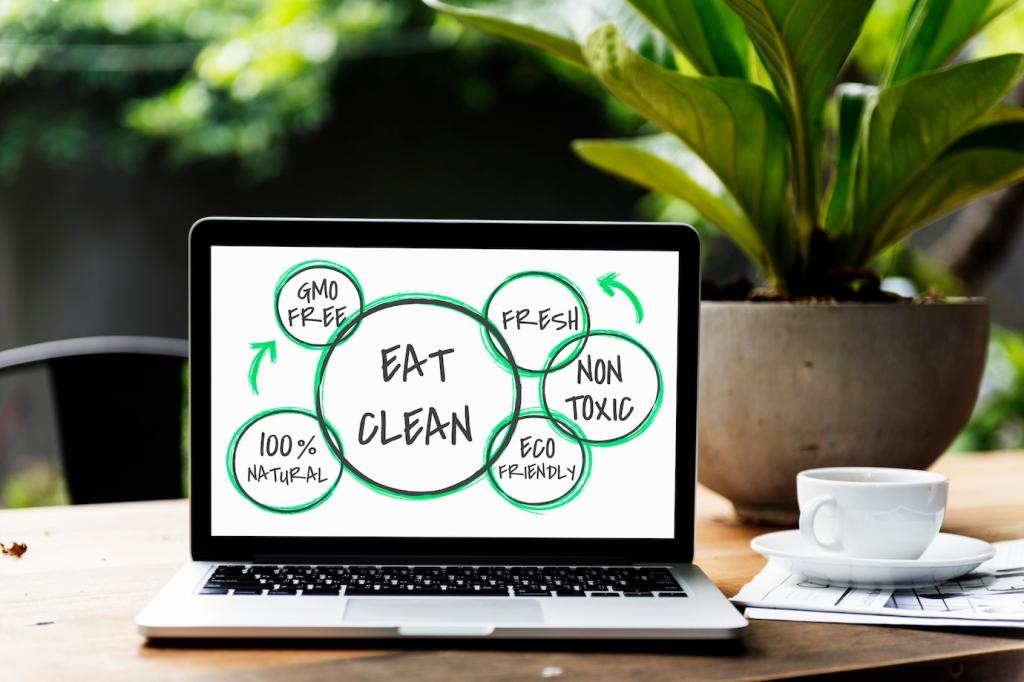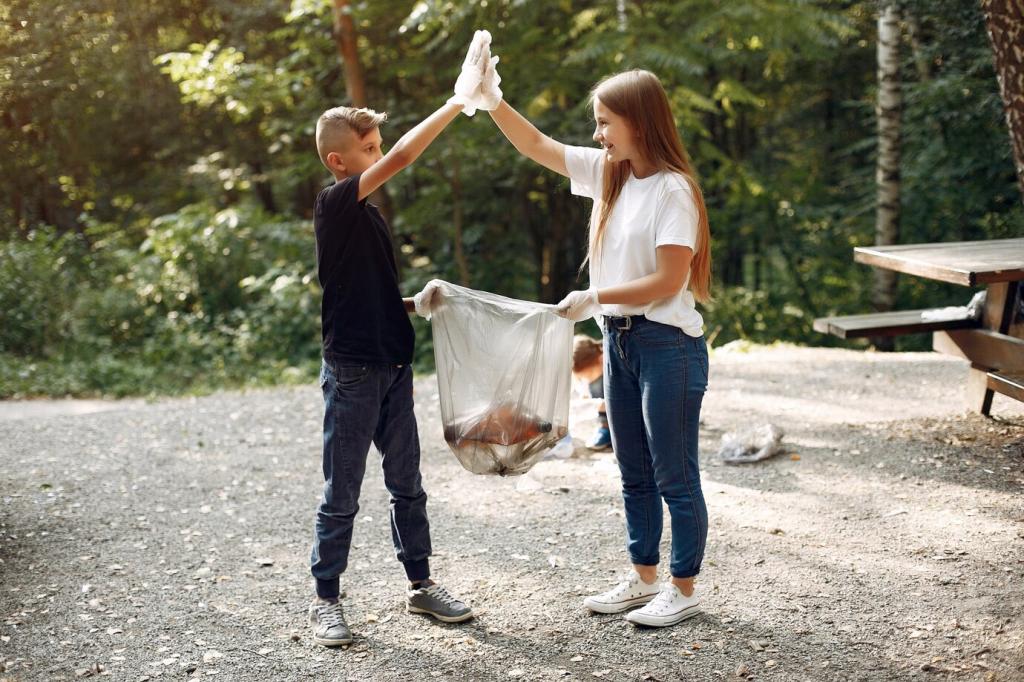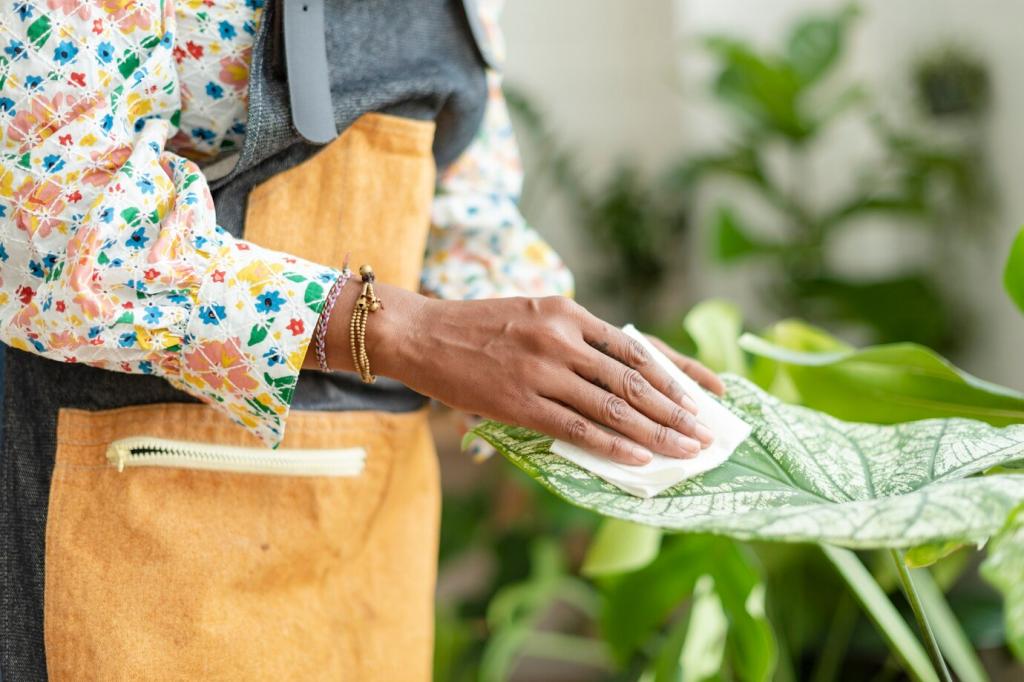From Kitchen Cabinet to Couch: Safer DIY Options
A light dilution of castile soap followed by a distilled-water wipe handles many everyday smudges. Avoid vinegar on natural fibers sensitive to acidity and never on leather. Always patch test in a hidden area. Share your fabric type and stain story for tailored dilution advice.
From Kitchen Cabinet to Couch: Safer DIY Options
Sprinkle, wait, then vacuum thoroughly to neutralize couch odors without scrubbing fibers. Baking soda helps with stale smells and pet areas but can leave powder if overused. What odor challenges are you facing—spills, smoke, or dampness? Comment and we’ll recommend a gentle, step-by-step routine.
From Kitchen Cabinet to Couch: Safer DIY Options
Use amber bottles, child-safe caps, and clear labels with ingredients and dates. Mix small batches to prevent degradation and separate tools for leather and fabric. Want our simple tracking sheet and dilution chart? Subscribe to get printable resources and seasonal reminders for safe DIY upkeep.
